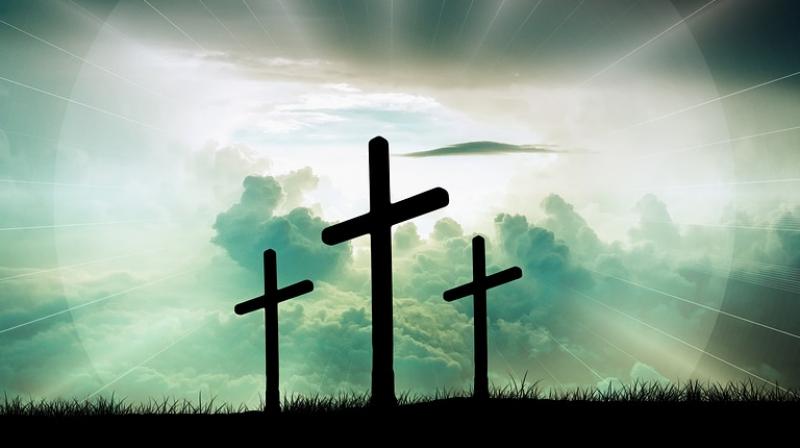Mystic Mantra: Cross examinations

Christ’s cross — a central symbol of Christianity — elicits diverse emotions and responses. For some it signifies death; to millions it symbolises life. In it, some see sheer suffering; others, salvation. The cross has been venerated and desecrated; gazed at with devotion and derision. Whatever emotions and explanations it evokes, this week — called “Holy Week” by Christians — we could reflect upon pain, suffering, living, dying. And rising.
Four moments in Christ’s life, annually commemorated during Holy Week — namely, Maundy Thursday, Good Friday, Holy Saturday, Easter Sunday — like four movements in a musical composition, summarise Christ’s life.
Maundy Thursday — from the Latin mandatum, meaning, mandate, re-echoes Jesus’ teaching: “A new commandment I give you — love one another just as I have loved you.” Jesus’ love is seen in the washing of his disciples’ feet. Shocked as they were, this act taught them lessons in love, humility and servant-leadership.
Good Friday commemorates Jesus’ crucifixion, which was the outcome of his faithfulness and fearlessness. In taking a stand against multiple forms of sickness and suffering, Jesus alleviates suffering by taking it upon himself. He makes suffering sufferable, so to say.
Holy Saturday is a day of silence. Amidst sin, evil, victimisation, darkness and death, one must pause to reflect in order to respond. Suffering bids us to reflect not only on the “why” of pain but also on “how” we must respond to it.
Easter Sunday sees the sun piercing the clouds. Life will defeat death; truth will triumph over falsehood; and we shall rise — only if we’re ready to die to all forms of selfishness and egocentrism.
Francis Gonsalves is a professor of theology. He can be contacted at fragons@gmail.com

